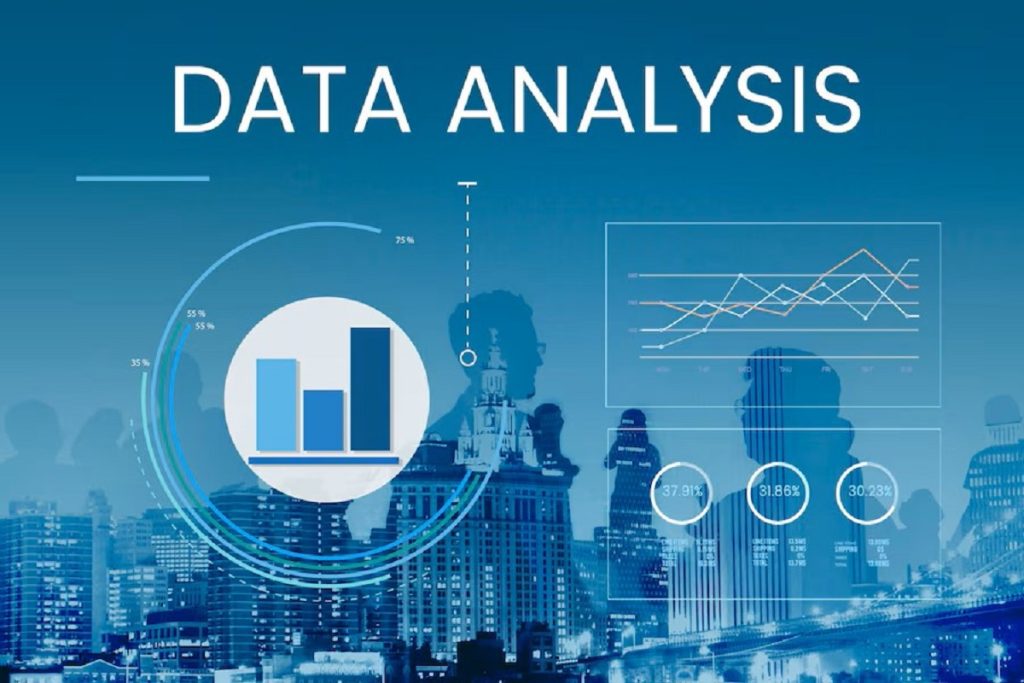Introduction
Data analytics is one of the most sought-after career paths in today’s data-driven world. Businesses across industries rely on data analysts to help them make informed decisions, optimize operations, and drive growth. Whether you’re transitioning from another field or starting fresh, breaking into data analytics requires a structured approach and a solid grasp of key skills. This guide will walk you through everything you need to know to begin your journey into data analytics.
Who Can Become a Data Analyst?
The field of data analytics is open to a wide range of professionals. Whether you have a background in business, finance, marketing, healthcare, engineering, or even the arts, you can transition into this field with the right skill set. While a degree in statistics, mathematics, or computer science can be advantageous, it is not a strict requirement. Many successful data analysts come from non-technical backgrounds and have acquired their expertise through online courses, boot camps, and self-learning.
Some qualities that make a great data analyst include:
- Strong problem-solving skills
- A curious and analytical mindset
- Attention to detail
- The ability to communicate complex findings in a simple manner
Why Choose Data Analytics?
There are several compelling reasons to consider a career in data analytics:
- High Demand: Companies worldwide are increasingly relying on data to make decisions, creating a strong demand for skilled data analysts.
- Attractive Salary: According to industry reports, data analysts earn competitive salaries, with opportunities for significant growth as they gain experience.
- Diverse Career Paths: Data analytics skills are applicable in various industries, including healthcare, finance, retail, technology, analytics in recruitment, and more.
- Remote Work Opportunities: Many data analyst roles offer flexibility, allowing professionals to work remotely or in hybrid settings.
- Opportunities for Advancement: With experience, data analysts can move into roles such as data scientist, business intelligence analyst, or data engineer.
Essential Skills to Learn First
Before diving into advanced topics, it’s important to develop a strong foundation in the following essential skills:
- Excel & Spreadsheets: A basic but essential tool for data manipulation and visualization.
- SQL (Structured Query Language): The standard language for managing and querying databases.
- Data Visualization: Understanding how to use tools like Tableau, Power BI, or Python’s Matplotlib and Seaborn to create impactful visuals.
- Statistics & Probability: Fundamental knowledge of statistical concepts is crucial for data analysis.
- Python or R Programming: Learning a programming language will help automate tasks and conduct deeper analyses.
Step-by-Step Guide to Getting Started
- Learn the Basics: Start with Excel, SQL, and statistics to build a strong analytical foundation.
- Take Online Courses & Certifications: Platforms like Coursera, Udacity, and edX offer beginner-friendly courses in data analytics.
- Work on Small Projects: Apply your skills to real-world datasets available on platforms like Kaggle and DataCamp.
- Build a Portfolio: Showcase your work on GitHub or a personal blog to demonstrate your analytical capabilities.
- Network with Professionals: Join LinkedIn groups, attend meetups, and participate in data analytics communities to learn from others in the field.
- Apply for Internships & Entry-Level Jobs: Gaining hands-on experience through internships or freelance projects can be an excellent way to land your first full-time role.

Core Skills You Need to Master
To excel as a data analyst, mastering the following core skills is essential:
- Advanced SQL Queries: Understanding joins, subqueries, and data transformations.
- Data Cleaning & Wrangling: Handling missing data, outliers, and inconsistencies.
- Data Visualization Techniques: Creating clear and effective dashboards and reports.
- Machine Learning Basics: While not mandatory, learning the fundamentals of machine learning can be beneficial for career advancement.
- Business Acumen: Understanding how data analytics contributes to business objectives and decision-making.
- Communication Skills: Presenting insights effectively to stakeholders and non-technical audiences.
Landing Your First Data Analyst Job
- Optimize Your Resume: Highlight relevant skills, projects, and certifications.
- Prepare for Interviews: Practice common interview questions, including SQL queries, problem-solving scenarios, and case studies.
- Leverage Job Portals: Use platforms like LinkedIn, Indeed, and Glassdoor to find job openings.
- Apply Consistently: Don’t wait for the perfect job—apply to multiple opportunities and refine your approach based on feedback.
- Continue Learning: The field of data analytics is constantly evolving, so staying updated with new tools and techniques will enhance your career prospects.
Conclusion
Breaking into data analytics is entirely within your reach. By mastering the fundamentals, crafting a strong portfolio, and connecting with industry professionals, you can confidently step into this dynamic and rewarding field. Stay curious, keep learning, and take consistent steps toward your goal—the opportunities in data analytics are limitless, waiting for you to seize them.
If you’re looking for remote job opportunities, platforms like Wiraa offer valuable resources to help you connect with potential employers and gain hands-on industry experience, including roles in data analytics.



